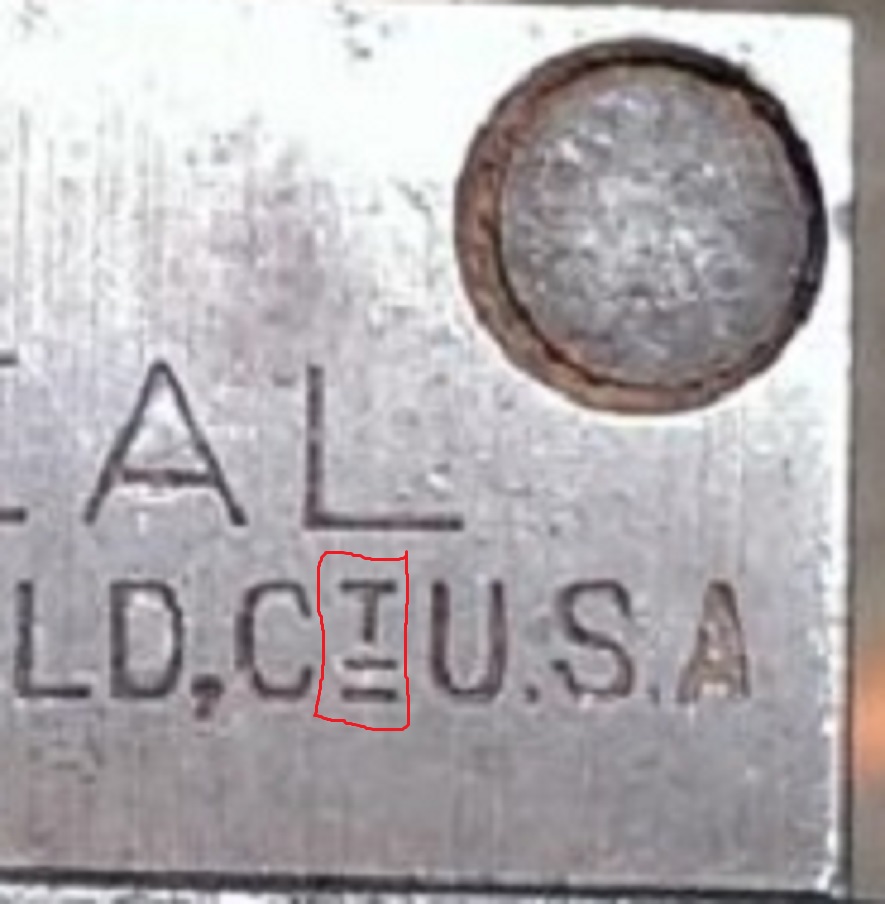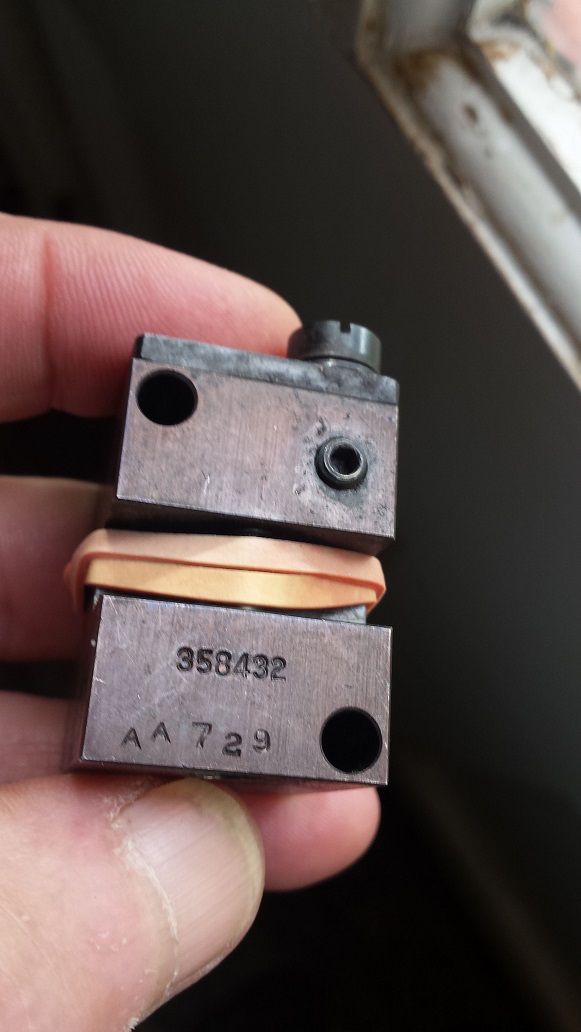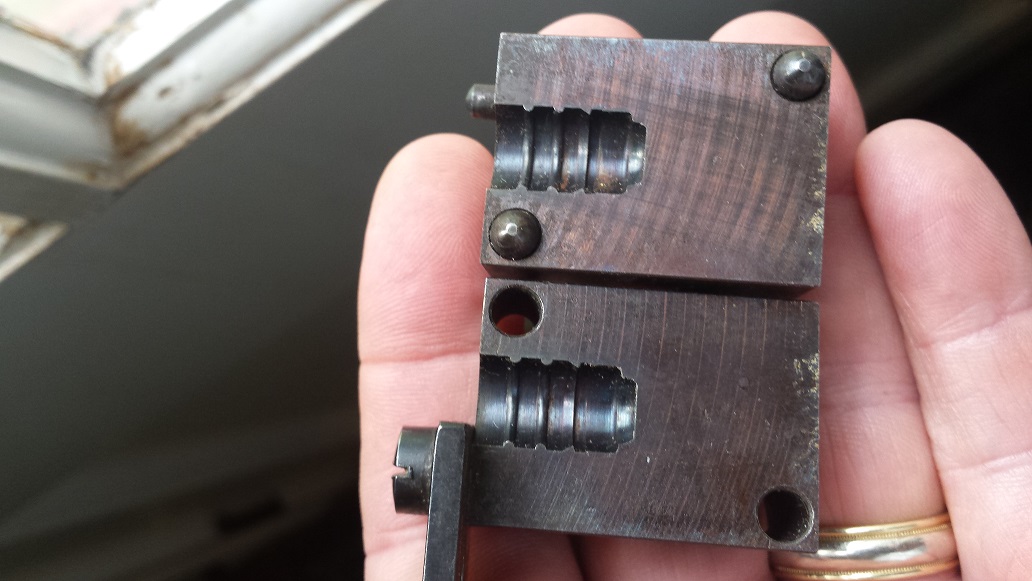I went to the range a few days ago trying out different loads in my New Ruger # 1, 357 Maximum. I took along a box of 357 Magnums that was loaded with 3.5 grs. of B'Eye and the 358432 ( the 160 gr. version ) , sized to .358 ".
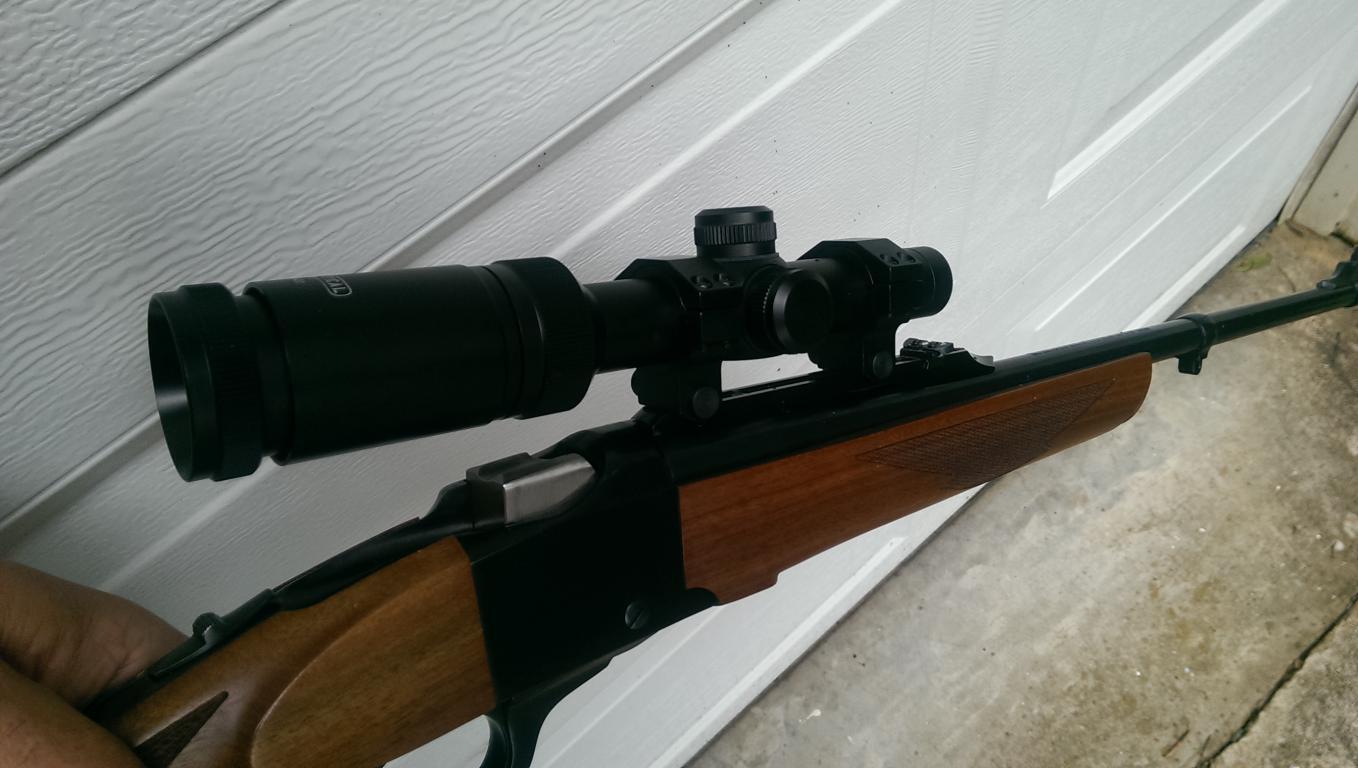
This was shot at 40 yards. 5 shots ( I'm fairly certain the " low round " is me. )
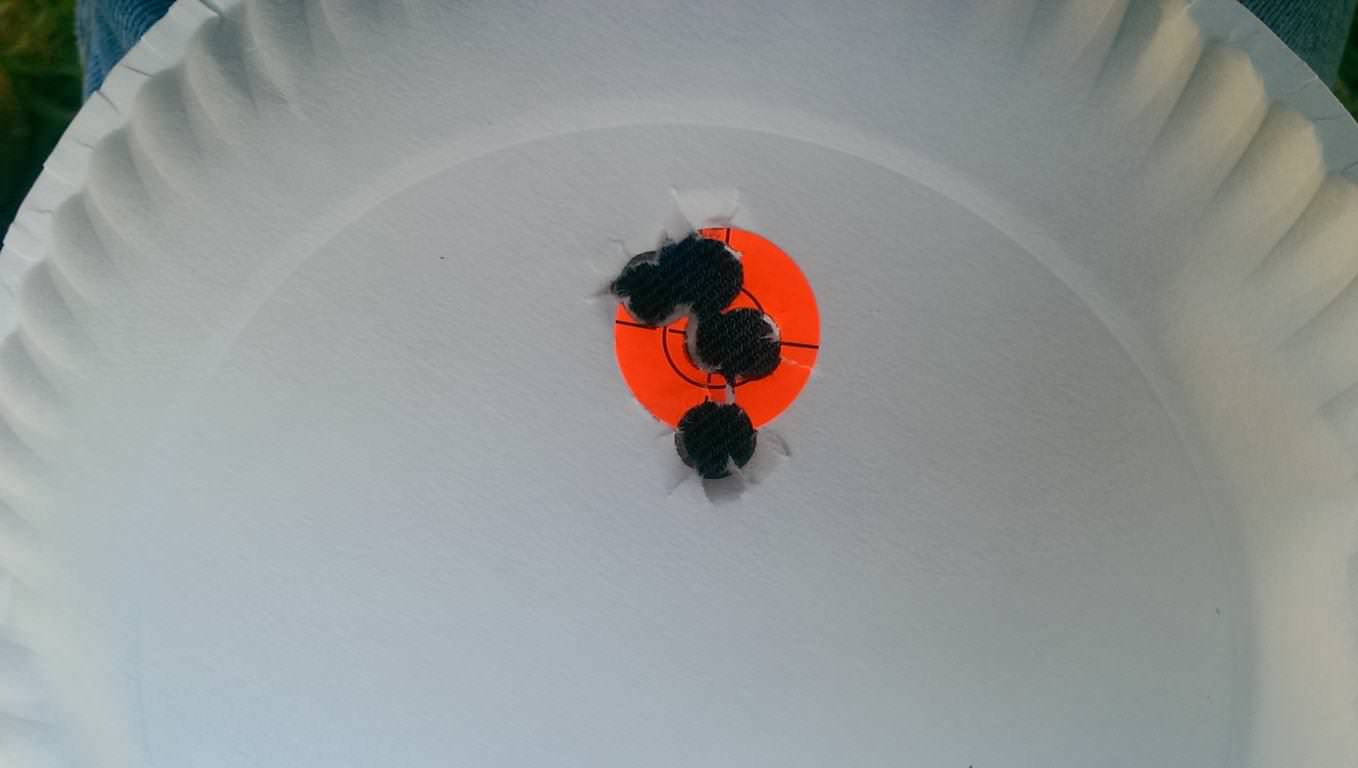
I decided to get outside today and make more of these.
I've never met an IDEAL mould that I didn't like.
This one is certainly no exception.
A single cav. mould with no vent lines.
This mould will cast about 98 % keepers ( the other 2% is my fault for having an inadequate amount of alloy in my ladle ) .
A single cav. mould, but you're assured of good weight consistency, bullet to bullet.
I've always wondered just how old this mould is ? ? ?
Anyone want to make a guess ?
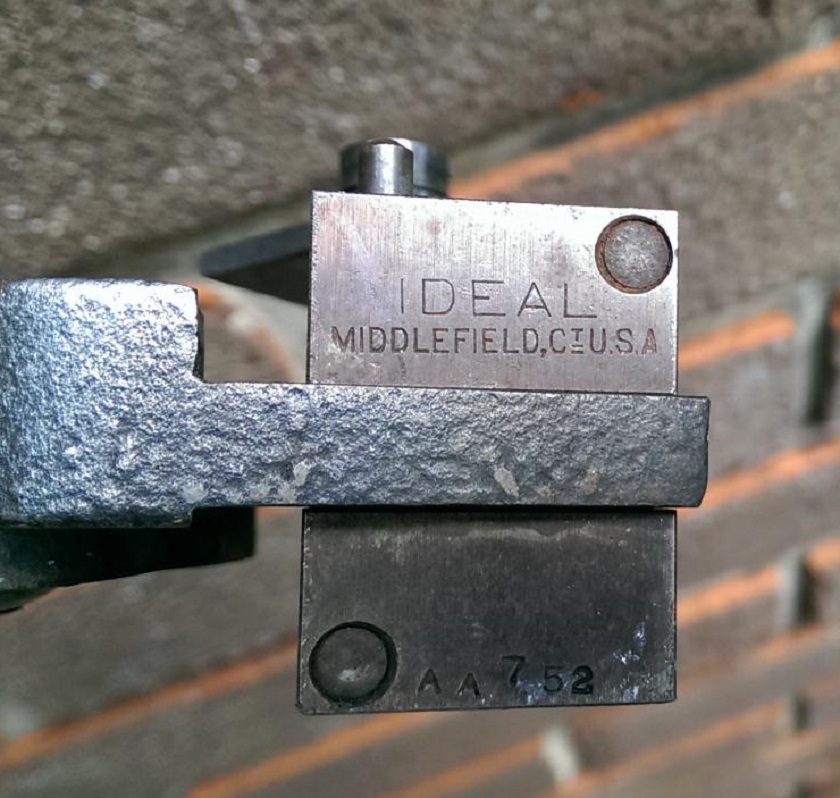
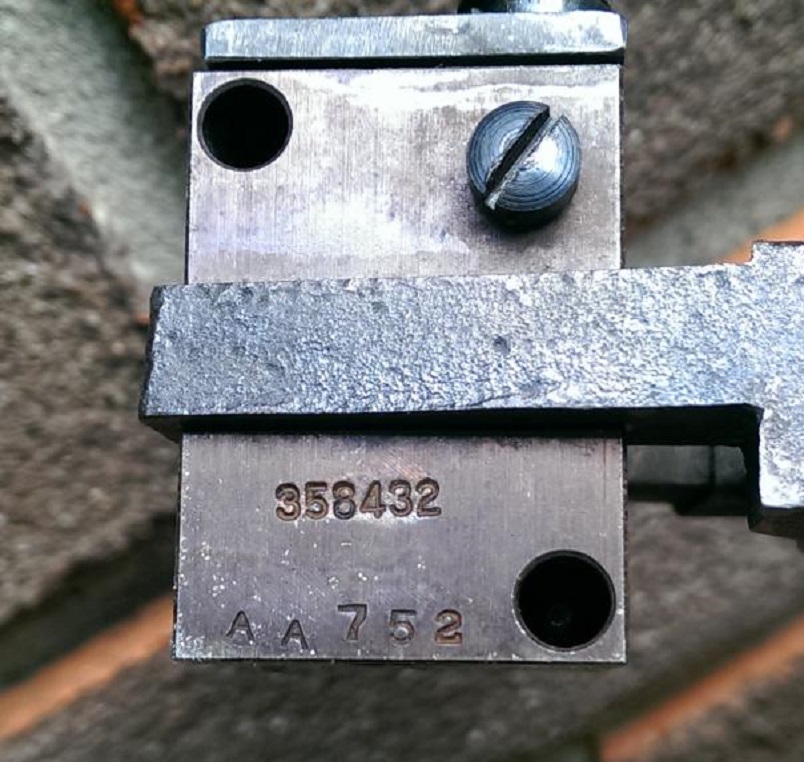
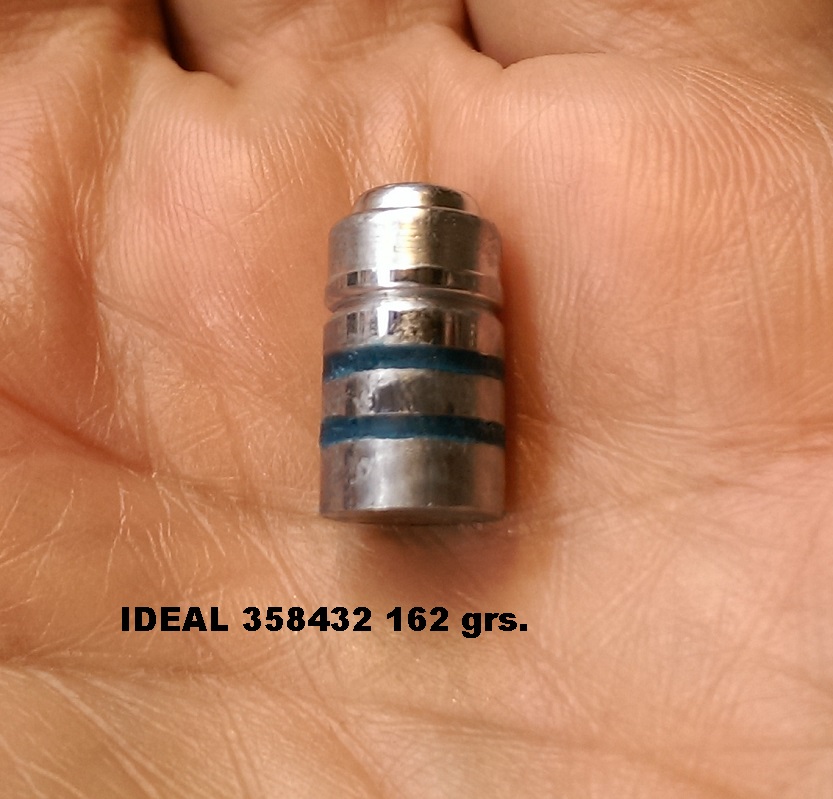
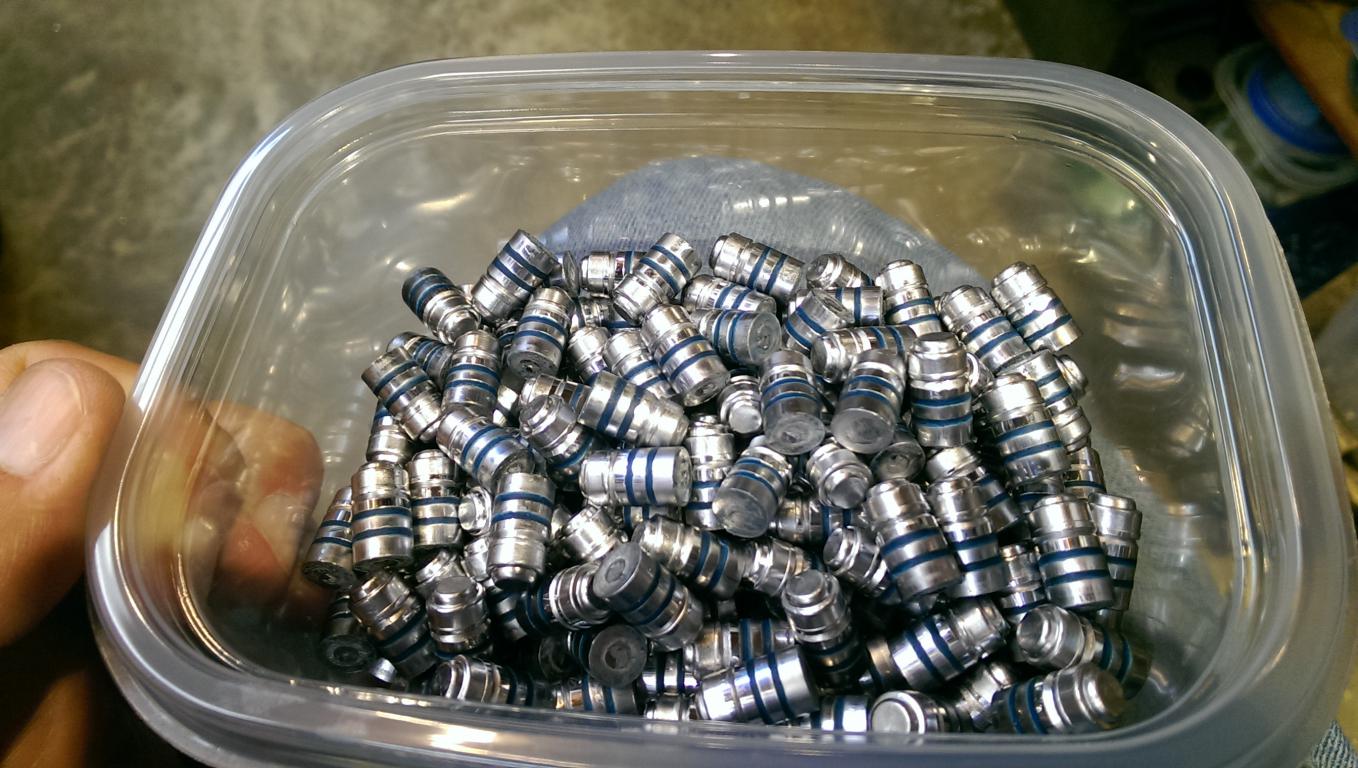


This was shot at 40 yards. 5 shots ( I'm fairly certain the " low round " is me. )

I decided to get outside today and make more of these.
I've never met an IDEAL mould that I didn't like.
This one is certainly no exception.
A single cav. mould with no vent lines.
This mould will cast about 98 % keepers ( the other 2% is my fault for having an inadequate amount of alloy in my ladle ) .
A single cav. mould, but you're assured of good weight consistency, bullet to bullet.
I've always wondered just how old this mould is ? ? ?
Anyone want to make a guess ?





Last edited:

